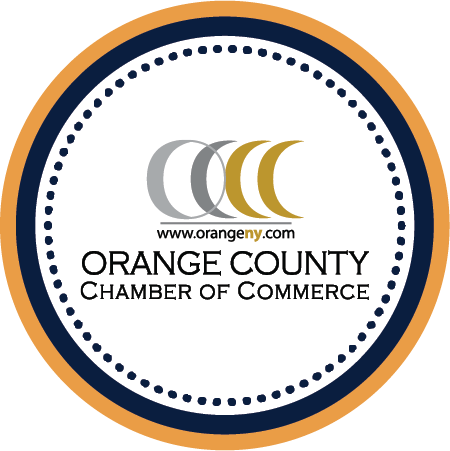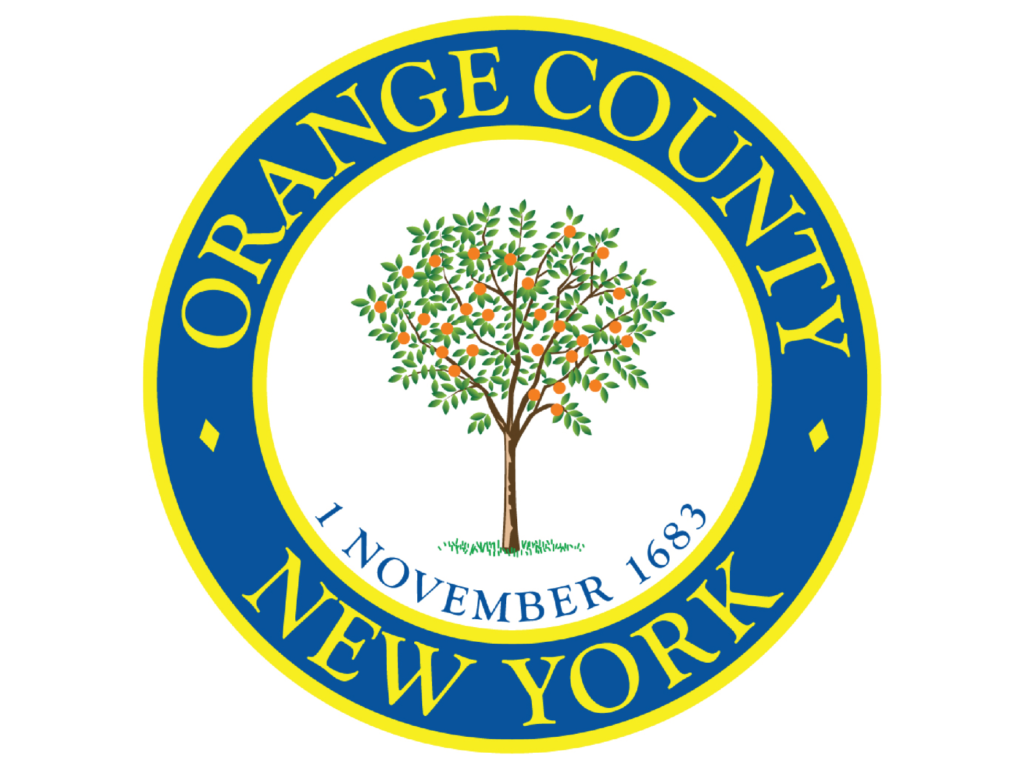March 27, 2020; 2:50 PM
County Executive Steve Neuhaus directed the County Attorney’s office to immediately prepare a summary of the newly passed Federal legislation which provides assistance to business and share the same with the Chamber of Commerce.
Below is the County’s immediate summary. It is not intended as legal advice but rather a summary of the legislation passed. It was prepared primarily by Lara Morrison, Esq. of the Orange County Attorney’s Office.
The “CARES Act” included a loan program to keep Small Businesses, including certain private equity portfolio companies, afloat during mandated COVID-19-related closures. This new loan program, is known as the Paycheck Protection Program (PPP), is based on the architecture of the SBA’s existing 7(a) loan program and will make forgivable loans of up to $10 million available to qualifying small businesses.
The SBA is required by the CARES Act to draft the implementing regulations within 15 days.
But here is a brief summary of the main provisions of the CARES Act applicable to the PPP loans and the changes made to the Emergency Economic Injury Disaster Loan (EIDL) grant.
https://files.taxfoundation.org/20200325223111/FINAL-FINAL-CARES-ACT.pdf
https://www.sba.gov/page/coronavirus-covid-19-small-business-guidance-loan-resources
Eligibility for PPP Loans:
Small Business employers with 500 employees or fewer, as well as those that meet the current Small Business Administration (SBA) size standards; Self-employed individuals and “gig economy” individuals; and Certain nonprofits, including 501(c)(3) organizations and 501(c)(19) veteran organizations, and tribal business concerns with under 500 employees.
Link to SBA to clarify North American Industry Classification System (NAICS) size standards:
https://www.sba.gov/document/support–table-size-standards
How PPP Loans are made:
PPP loans will be made by lenders who are currently approved as 7(a) lenders or who are approved by the SBA and the Treasury Department to become PPP lenders. PPP lenders are delegated authority to make and approve PPP loans, with no additional SBA approval required. PPP lenders are only required to consider whether an applicant was in operation on February 15, 2020, and either had employees for whom it paid salaries and payroll taxes or paid independent contractors. Unlike other regular 7(a) loans, applicants are not required to show that credit is unavailable elsewhere or demonstrate repayment ability. PPP loans are backed by a 100% guaranty from SBA.
PPP Loan Size:
The maximum PPP loan available to any qualifying business is $10 million or 250% of an employer’s average monthly payroll (they will most likely look at the year prior to the making of the loan), excluding the prorated portion of any annual compensation above $100,000 for any person. Under the CARES Act, “payroll costs” include vacation, parental, family, medical, and sick leave; allowances for dismissal or separation; payments for group health care benefits, including insurance premiums; and retirement benefits.
What can the PPP Loan money be used for:
Payroll costs, excluding the prorated portion of any compensation above $100,000 per year for any person;
Group healthcare benefit costs and insurance premiums;
Mortgage interest (but not prepayments or principal payments) and rent payments;
Interest on debt that existed as of February 15, 2020.
Forgiveness of PPP Loans Section 1105
PPP loans can be forgiven to the extent that the loan monies have been used for the following costs incurred and payments made during the eight-week period after the loan is made:
Payroll costs, excluding the prorated portion of any compensation above $100,000 per year for any person;
Group healthcare benefit costs and insurance premiums;
Mortgage interest (but not prepayments or principal payments) and rent payments on mortgages and leases in existence before February 15, 2020;
Certain utilities, including electricity, gas, water, transportation, and phone and Internet access for service that began before February 15, 2020.
Additional wages paid to tipped employees.
The amount of loan forgiveness may be reduced if the employer reduces the number of employees as compared to the prior year, or if the employer reduces the pay of any employee by more than 25% as of the last calendar quarter. Employers who re-hire workers previously laid off as a result of the COVID-19 crisis will not be penalized for having a reduced payroll for the beginning of the relevant period. Forgiveness may also include additional wages paid to tipped workers.
Borrowers must apply for loan forgiveness to their lenders by submitting required documentation and will receive a decision within 15 days.
If a balance remains after the borrower receives loan forgiveness, the outstanding loan will have a maximum maturity date of 10 years after the application for loan forgiveness.
To be eligible to receive loan forgiveness, a borrower must submit a complete application to the lender containing the following required documents:
- Documentation verifying the number of full-time equivalent employees on payroll and pay rates for pre- and post-covered periods, including payroll tax filings reported to the IRS and state income, payroll, and unemployment insurance filings;
- Documentation such as cancelled checks verifying mortgage interest, lease, and utility payments;
- Certification from a representative of the recipient that (a) the documentation presented is true and correct, and (b) the amount for which forgiveness is requested was used to retain employees, make interest payments on a covered mortgage obligation, make payments on a covered rent obligation or make covered utility payments; and
- Any other documentation the SBA deems necessary.
Forgiven amounts shall be excluded from gross income for purposes of IRC of 1986.
Emergency Economic Injury Disaster Loan (EIDL) grant
The CARES Act also expands eligibility for borrowers applying for an Emergency Economic Injury Disaster Loan (EIDL) grant. Under the Act, emergency EIDLs are available for businesses or cooperatives with fewer than 500 employees, sole proprietors or independent contractors, or Employee Stock Ownership Plans (ESOPs) with fewer than 500 employees. Additionally, the Act waives requirements that (1) the borrower provide a personal guarantee for loans up to $200,000, (2) that the eligible business be in operation for one year prior to the disaster, and (3) that the borrower be unable to obtain credit elsewhere. The SBA may approve applicants for small-dollar loans solely on the basis of their credit score or alternative appropriate methods to determine an applicant’s ability to repay.
Most significantly for borrowers seeking an immediate influx of funds, borrowers may receive a $10,000 emergency advance within three days after applying for an EIDL grant. If the application is denied, the applicant is not required to repay the $10,000 advance. Emergency advance funds can be used for payroll costs, increased material costs, rent or mortgage payments, or for repaying obligations that cannot be met due to revenue losses.
Borrowers may apply for an EIDL grant in addition to a loan under the Paycheck Protection Program, provided the loans are not used for the same purpose. If a borrower received a loan under 7(b)(2) after January 31, 2020, the borrower may also refinance the outstanding balance as part of a loan under the Program.
https://disasterloan.sba.gov/ela/Information/EIDLLoans
https://files.taxfoundation.org/20200325223111/FINAL-FINAL-CARES-ACT.pdf

